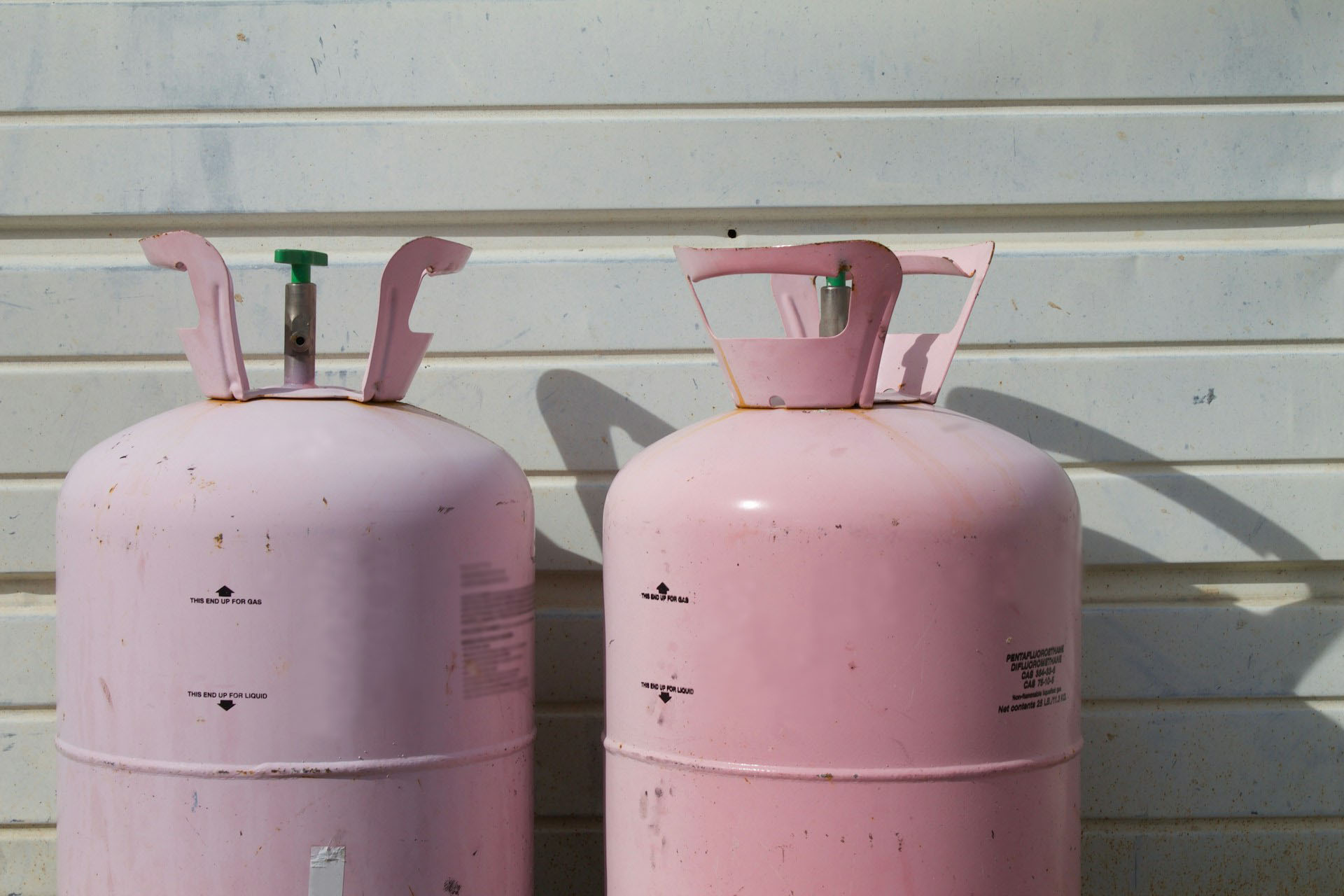Adopting A2L Refrigerants
The Environmental Protection Agency (EPA) is restricting the use, production, and consumption of hydrofluorocarbons (HFCs) with high global warming potential (GWP) within the refrigeration, air conditioning, heat pump, fire protection, foam, and aerosol sectors. Even though HFCs do not deplete the stratospheric ozone layer, they are classified as powerful greenhouse gases (GHGs) and have been categorized as accelerators of climate change.
New alternatives to HFCs require approval by EPA’s Significant New Alternatives Policy (SNAP) Office, which evaluates substitutes for ozone-depleting substances that represent an overall risk to human health and the environment.
AIM Act
The American Innovation and Manufacturing (AIM) Act was signed into law in 2020 to authorize EPA to structure a 15-year phase down of HFCs in multiple sectors. The objective of the AIM Act is to drive production and consumption of HFCs to around 15% of the historic baseline levels.
The AIM Act directs EPA to address HFCs in three major categories:
- Phasing down HFCs
- Facilitating transitions to a next generation of technologies for applications that use HFCs
- Issuing regulations to maximize reclamation and minimize releases of HFCs from equipment to the environment
In late 2023, to implement the goals established in the AIM Act, EPA finalized the Technology Transitions Rule. Under this rule, GWP restrictions will become effective between January 1, 2025 and January 1, 2028, depending on the subsector.
A2L Fundamentals
A2L refrigerants are the main new technology expected to be used in place of HFCs. Development and deployment of A2L refrigerants as the primary HFC replacement will require a series of evaluations considering flammability level, ignition level, burning velocity, heat of combustion, toxicity, and environmental risk in order to generate acceptable substitutes for each major sector.
One of the fundamental components present in the majority of A2L refrigerants is hydrofluoroolefin (HFO) technology. Because of the nature of HFO molecules, A2L refrigerants have a short atmospheric life. In addition, A2L refrigerants have a low flammability and low toxicity, which means that they require at least 1,000 times more energy to ignite than other flammable refrigerants. Due to these characteristics, A2L refrigerants can only be used in new equipment specifically designed for flammables and must ensure suitable service equipment, tools, and working conditions according to original equipment manufacturer (OEM) specifications. Training and literature for manufacturers, contractors, technicians, and final users will be essential to ensure a positive and productive technology transition.
The 2024 International Building Code, International Fire Code, and International Mechanical Code incorporate changes to allow use of A2L refrigerants as the push to replace high-GWP HFCs advances.
Safety Practices
Although A2L refrigerants do not ignite easily and have a low burning velocity, the Fire Safety Research Institute (FSRI) still recommends eliminating sources of ignition where possible in the installation area as a good ignition prevention practice. The FSRI also recommends imposing strict requirements on refrigerant charge limits and the minimum allowable room area to minimize the risk of dangerous refrigerant concentrations forming if a leak were to occur.
Additional best safety practices include refrigerant detection and mitigation systems that could include ventilation, circulation, and shut-valves to minimize the risk of refrigerant leakage occurring. In order to help first responders, it is important that equipment and pipelines are properly labeled and Safety Data Sheets (SDSs) are kept up-to-date.
Walden will continue to monitor emissions reduction progress in different sectors. Contact our air quality experts today at 516-559-6976 to learn more.

Photo by Marra on Unsplash
For more information on the planned HFC phase down and A2L refrigerants, contact Walden at 516-559-6976.
